A round-up of the week’s reviews
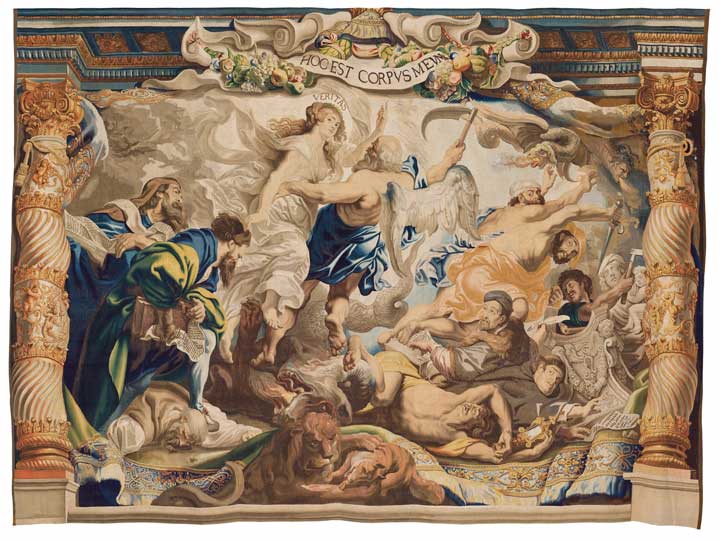
The Triumph of Truth over Heresy (1626–33), Jan Raes I, Jacob Geubels II and Jacob Fobert, after designs by Peter Paul Rubens Patrimonio Nacional, Monasterio de las Descalzas Reales, Madrid Image: © Patrimonio Nacional
A Woven Palette: ‘Spectacular Rubens’ at the Getty (Louise Nicholson)
In its first collaboration with the Museo Nacional del Prado, the Getty Center is displaying tapestries and modelli from the great Triumph of the Eucharist series by Peter Paul Rubens (1577–1640)…These luxurious objects were made for display in Madrid, where the Infanta gave them to the Monasterio de las Descalzas Reales (Convent of the Barefoot Royals). One can only imagine the gasps of the madrileños when they were first hung in two tiers to cover the chapel walls for Good Friday and the Octave of Corpus Christi.
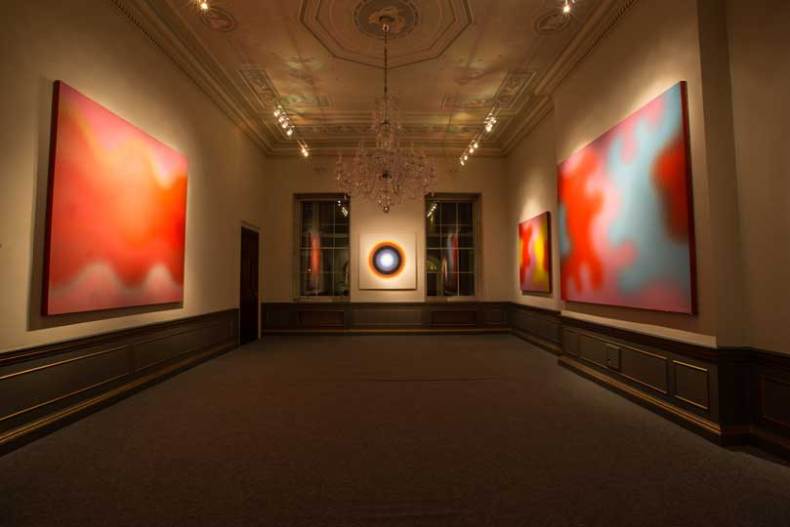
‘Wojciech Fangor. Colour-Light-Space’ curated by de Pury de Pury (Emma Crichton-Miller)
This exhibition is…the artist’s first comprehensive exhibition in London and it concentrates on works from the 1960s, when Fangor’s creativity was first unleashed by this encounter with the US. For over ten years his work represented a sustained experiment into the effects of light and colour, before reverting to a more conventionally figurative style of painting. These early masterpieces have, until now, been hidden in private collections in Poland and America and this exhibition should be commended for the way it effectively unites these important works.
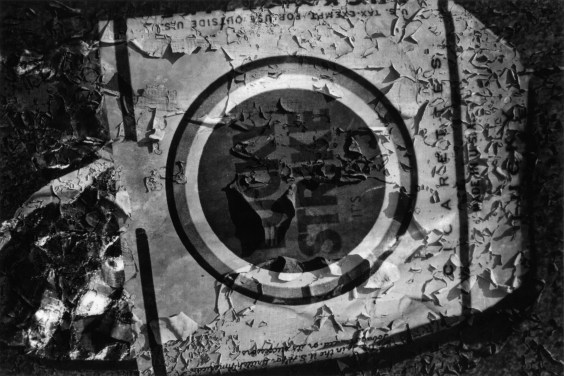
The scars of war: ‘Conflict, Time, Photography’ at Tate (Will Martin)
‘Conflict, Time, Photography’ at Tate Modern opens with Toshio Fukada’s photo of the mushroom cloud above Hiroshima. Fukada had heard the blast from the nearby Army Weapons Supply Depot and rushed to fetch his camera and find a good spot to observe the boiling atomic cloud. These images were taken moments after the event. From this starting point, so crucial to the course the century has taken since, ‘Conflict, Time, Photography’ moves on to present photographs taken at different periods following conflicts all over the world.
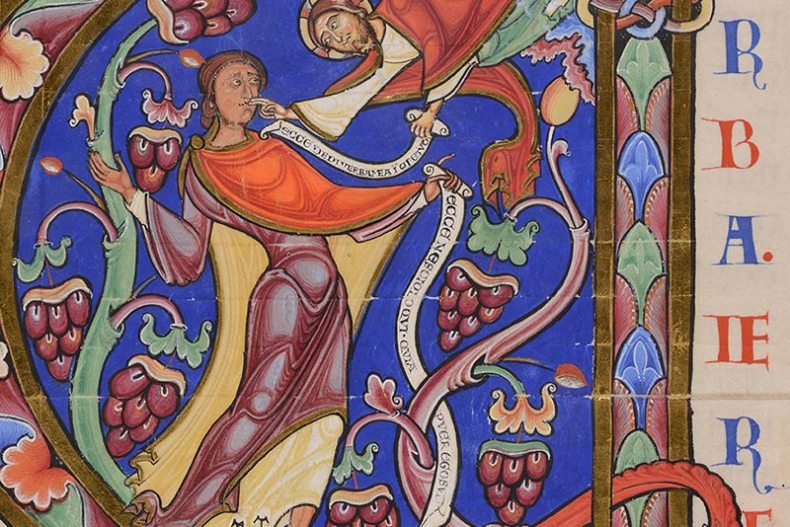
Opening for the Book of Jeremiah (detail; 1150–80), Winchester Bible, fol. 148r. Lent by the Chapter of Winchester Cathedral Image: © The Chapter of Winchester Cathedral
The Winchester Bible in New York (Louise Nicholson)
The Metropolitan Museum of Art has a small but perfect show…The [Winchester] Bible was commissioned around 1150 by the richest man in England, Henry of Blois, for Winchester Cathedral where he was bishop. It would be the largest illustrated bible ever made, almost two feet tall, and was to be read aloud during meals in the monks’ refectory. On Henry’s death in 1171, work stopped. The handsome Latin text, mostly written by one scribe, was complete (with various corrections in the margins). The illustrations, by six artists, were not – and of those that were, some were subsequently removed and one magnificent page now belongs to the Morgan Library in New York.
Unlimited access from just $16 every 3 months
Subscribe to get unlimited and exclusive access to the top art stories, interviews and exhibition reviews.

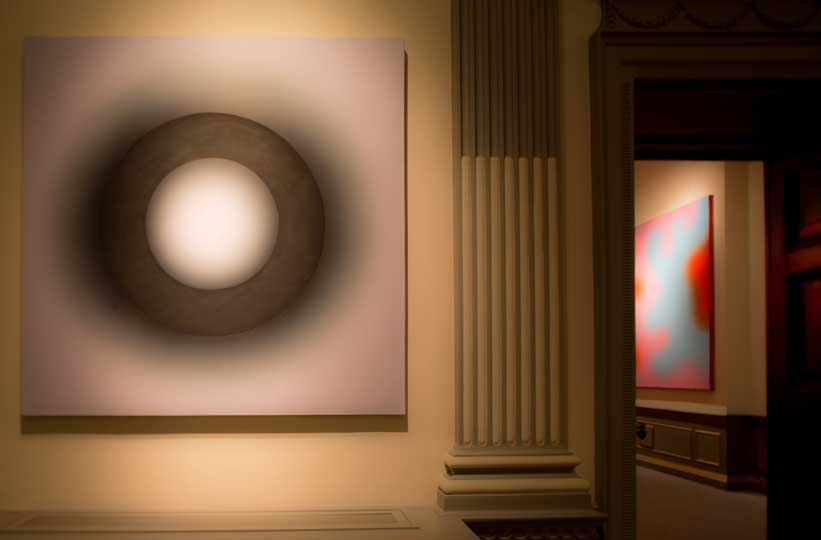
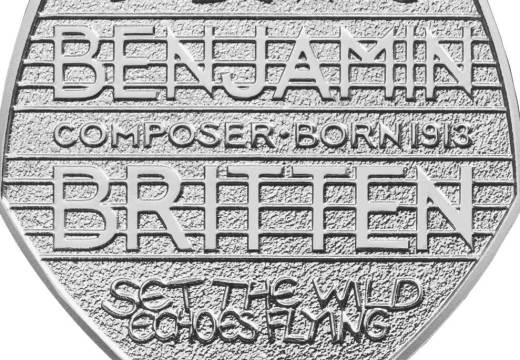
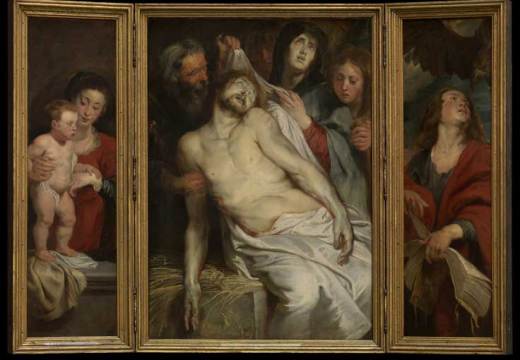
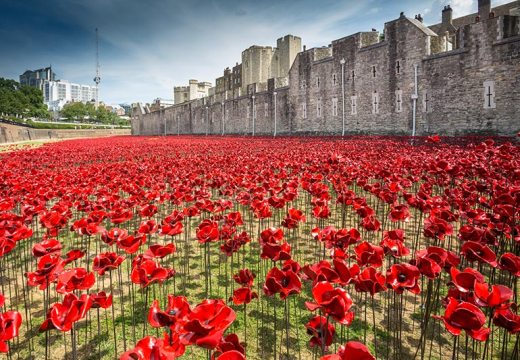









![Masterpiece [Re]discovery 2022. Photo: Ben Fisher Photography, courtesy of Masterpiece London](http://www.apollo-magazine.com/wp-content/uploads/2022/07/MPL2022_4263.jpg)
Why are fathers so absent from art history?